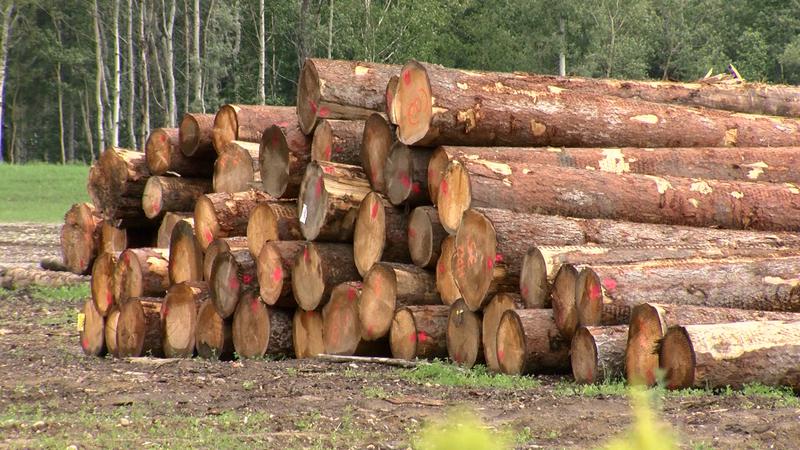
New report highlights fibre supply issues in BC
PRINCE GEORGE — A new report from the Canadian Centre for Policy Alternatives is showing that increased wood pellet exports to countries like Japan is contributing to the growing loss of B.C. primary forests.
The report says:
“As Japan steadily increased production of thermal electricity, its purchases of wood pellets from BC shot up. In 2014, Japan imported a modest 61,700 tonnes of wood pellets from BC. Ten years later, those imports had reached nearly 1.7 million tonnes. The likelihood that such volumes can be sustained is, however, in doubt given the crises in BC’s forests. Rising demand and shrinking supply is a volatile mix and all signs point to a collapse in available wood supply from BC for all manner of forest products, including wood pellets.”

